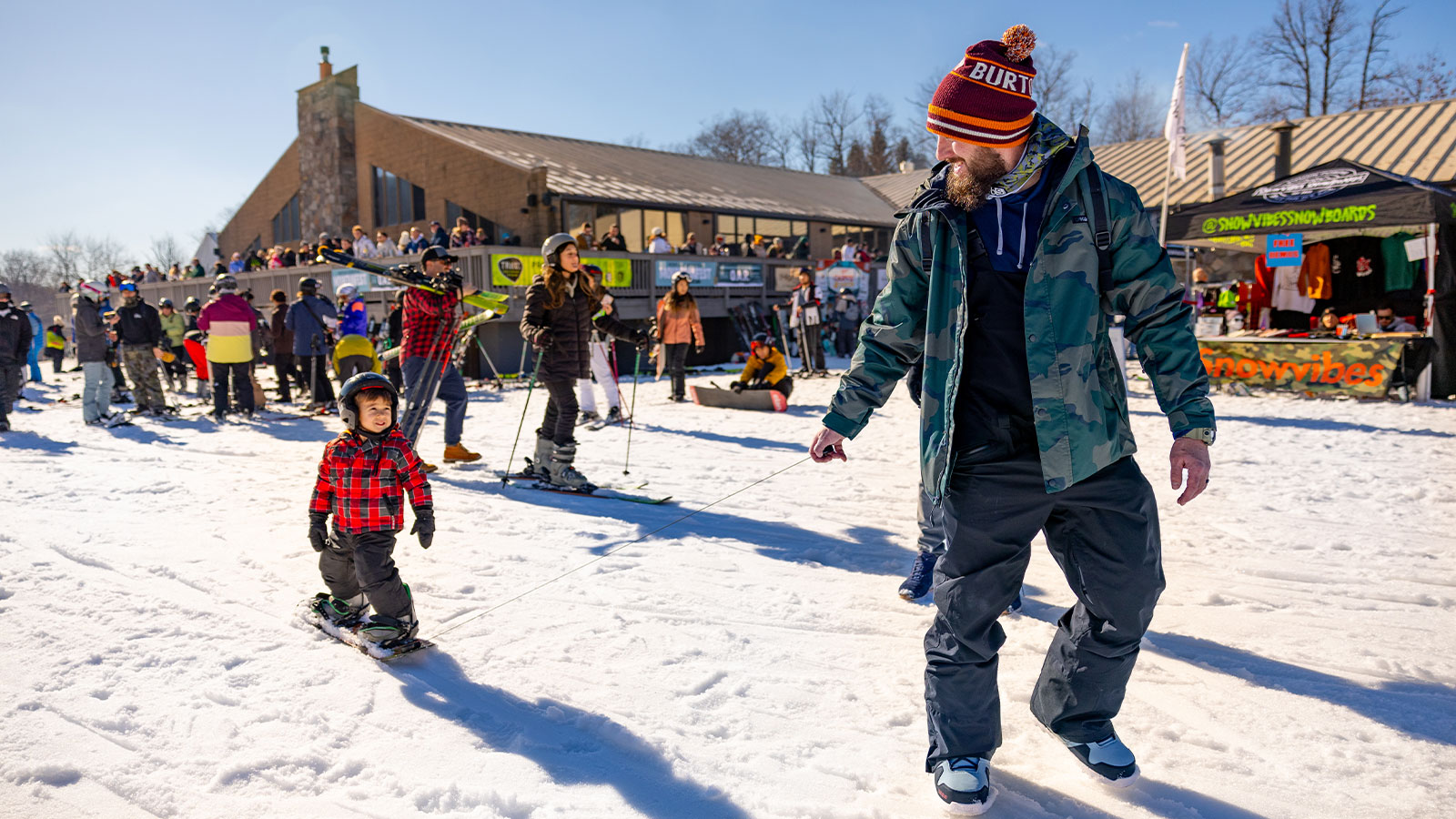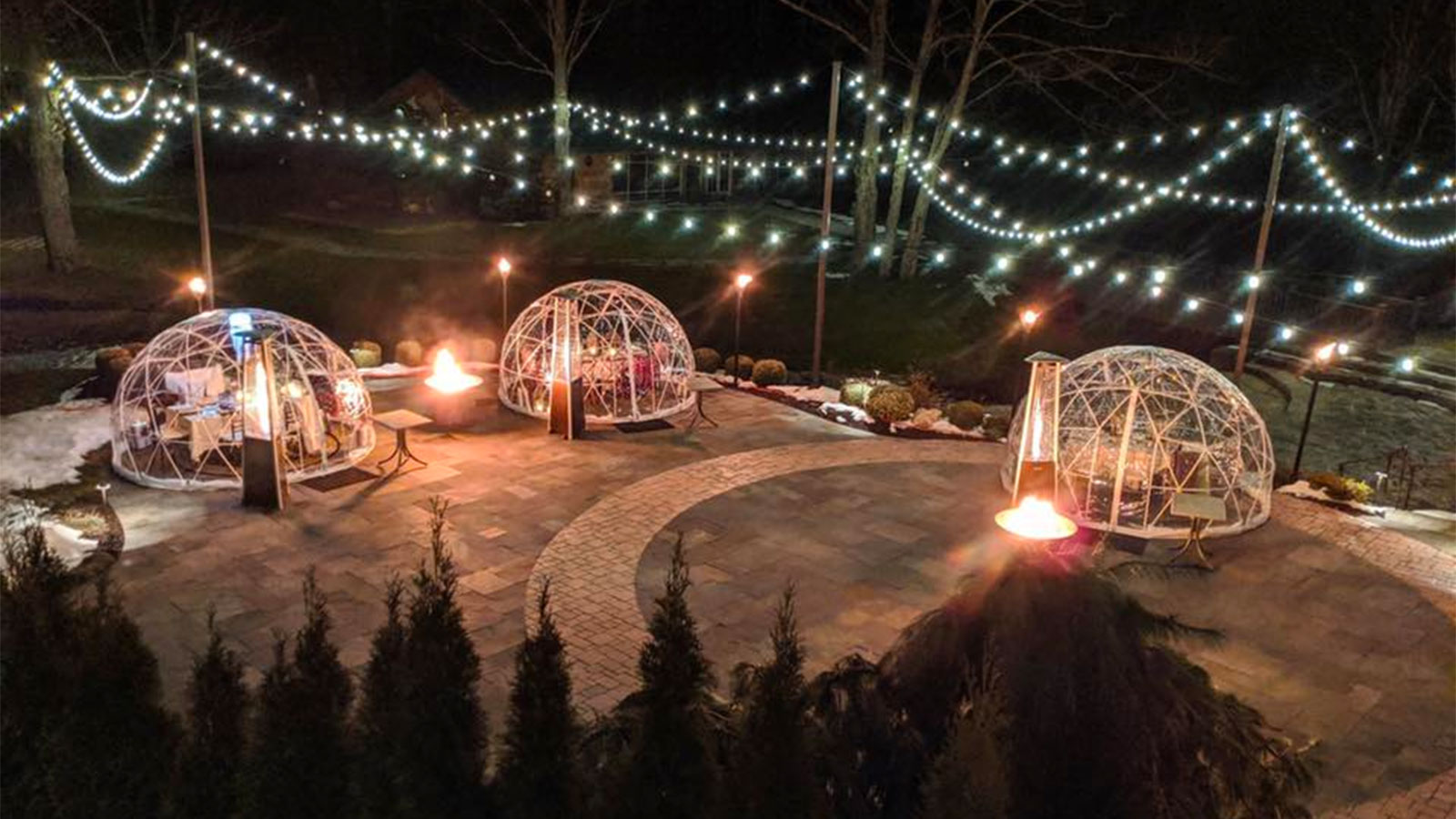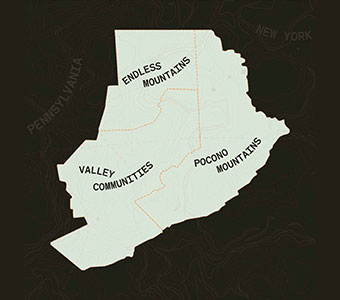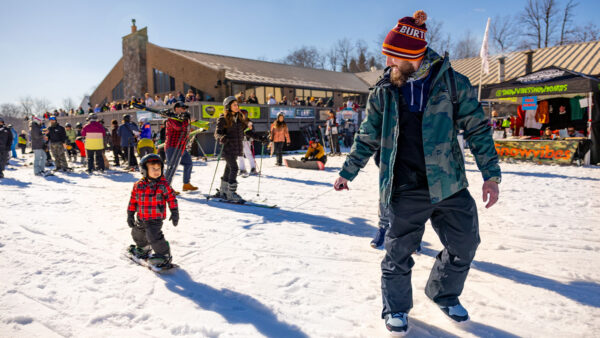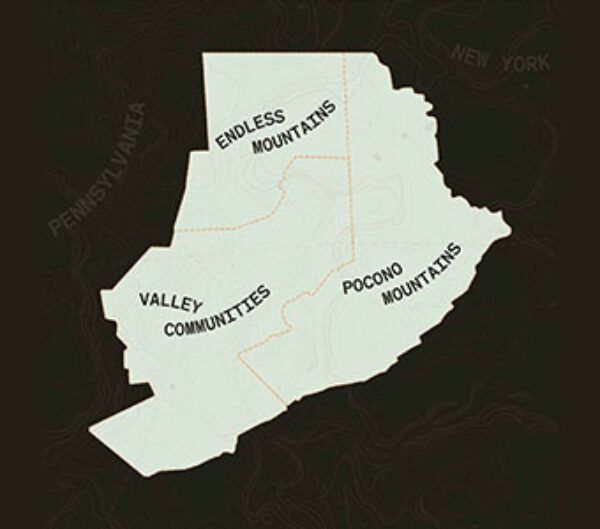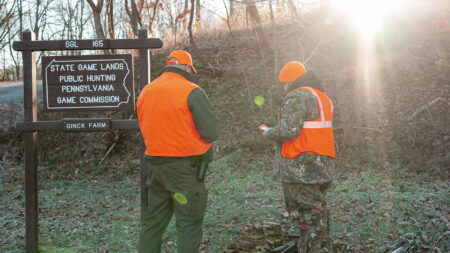DiscoverNEPA is partnering with Pennsylvania Environmental Council, a nonprofit that protects and restores the natural and built environments to improve the quality of life for all Pennsylvanians. Keep an eye on this series for updates on PEC projects, volunteer opportunities, Tail on the Trail activities and so much more.
Preventing Forest Fires with Prescribed Burns
Last month, pictures flooded social media showing the warm light radiating from Blue Mountain as a wildfire burned through 600 acres of the Lehigh Gap. After that, nearly 4000 acres were scorched in the Jennings Creek fire in our neighboring states of New York and New Jersey. We have always heard about these kinds of fires out West, but never this close to home.

A growing problem for NEPA’s forests
Fire has historically played an important role in forest ecosystems, even here in NEPA, but a century of fire suppression and ecosystem changes has brought an era of more frequent, intense, and life-threatening fires to forests across the US. When Smokey Bear was introduced in the 1940s, fire prevention was at the top of everyone’s mind, and the campaign was very successful at making people aware of their responsibility to prevent forest fires. However, we became almost too good at preventing fires and didn’t leave room for small, natural fires to take their course in the ecosystem. We are now experiencing the long-term impacts of this. So, what can be done now to prevent uncontrolled wildfires, and restore balance to the ecosystem?
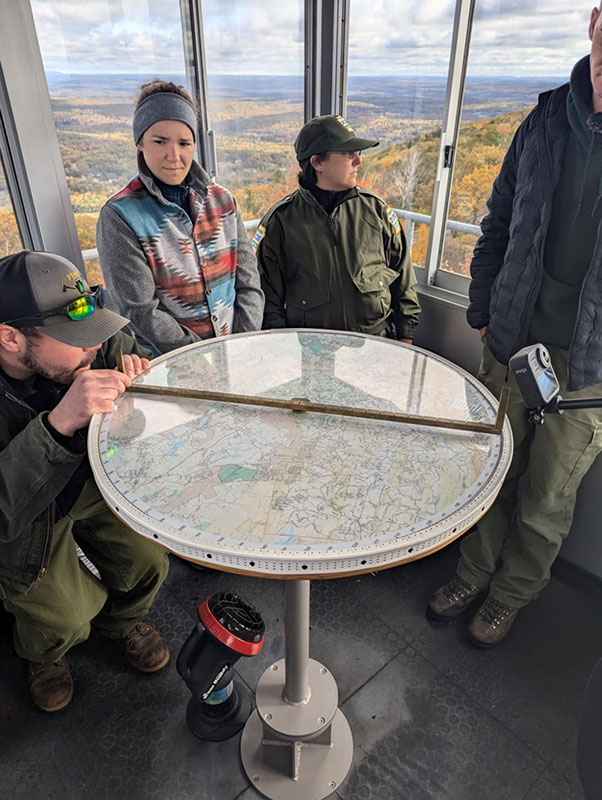
We’ve all heard the expression “don’t fight fire with fire,” but ecologically, that might be our best bet
Controlled burns, also known as prescribed fires, are an essential tool for managing forest health and mitigating wildfire risk. By intentionally burning select areas under carefully monitored conditions, land managers can reduce excess vegetation, eliminate non-native invasive species, and promote the growth of fire-adapted native plants. These practices can help prevent larger, uncontrolled wildfires, even in times of drought, and can restore balance to forest ecosystems.

Watching the professionals at work
Locally, the Department of Conservation and Natural Resources Bureau of Forestry works diligently within state forests to reduce wildfire risks and enhance ecosystem resilience. In October, we joined Foresters in Delaware State Forest to learn about their management strategies and practices for preventing wildfires.
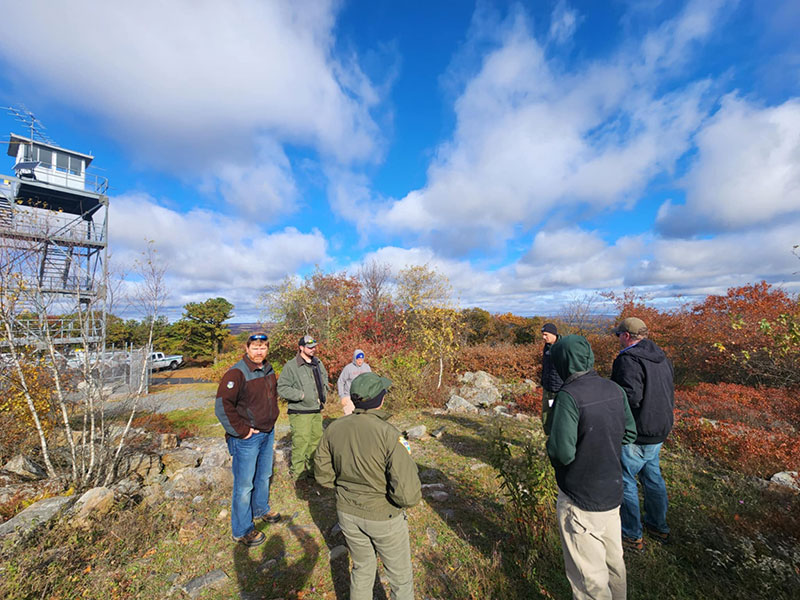
On a clear day, smoke can be seen from several miles away at the fire tower in Big Pocono State Park
Lookouts are trained to detect smoke, determine whether the cause is a threatening forest fire, and can report an approximate location that is usually spot on. Unfortunately, dozens of blazes are detected and reported from this location every spring and fall, and other foresters are tasked with finding and battling the fires from the ground.
In between battling fires, prescribed burns are conducted to reduce fuel loads, such as dried leaves, branches, and other flammable materials. These burns also help reduce easily burned species and maintains habitats for fire-adapted species like pitch pines and scrub oaks, which depend on periodic fires to reproduce.
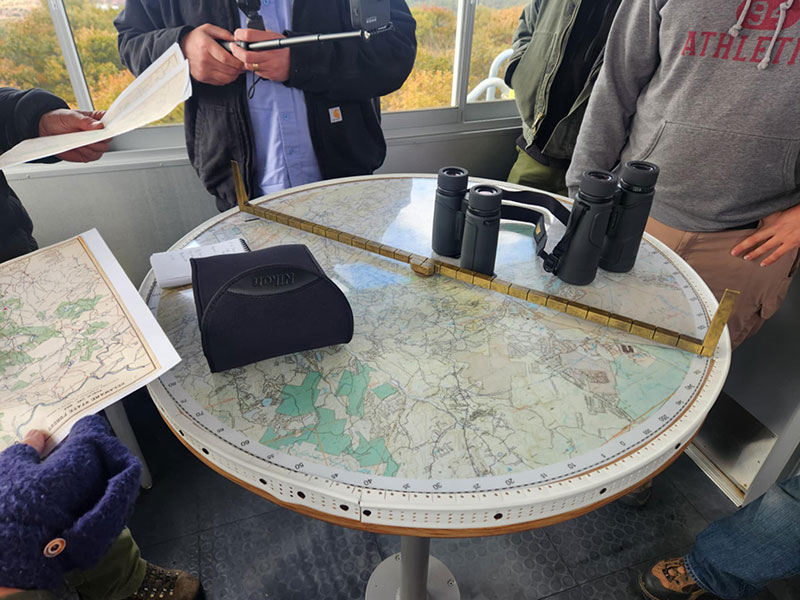
The efforts of Delaware State Forest managers are part of a larger effort to adapt to the growing challenges posed by climate change
Rising temperatures and prolonged dry seasons have increased the likelihood and intensity of wildfires, even in regions like NEPA where they were once relatively rare.
As we look to the future, wildfire management in NEPA will require continued collaboration among state agencies, local communities, conservation organizations, and everyday folk like me and you. By following burn bans, practicing fire safety, and embracing sustainable forest management, we can help ensure that our forests remain resilient and vibrant for generations to come.
Featured image (top) courtesy of Pennsylvania Environmental Council.
